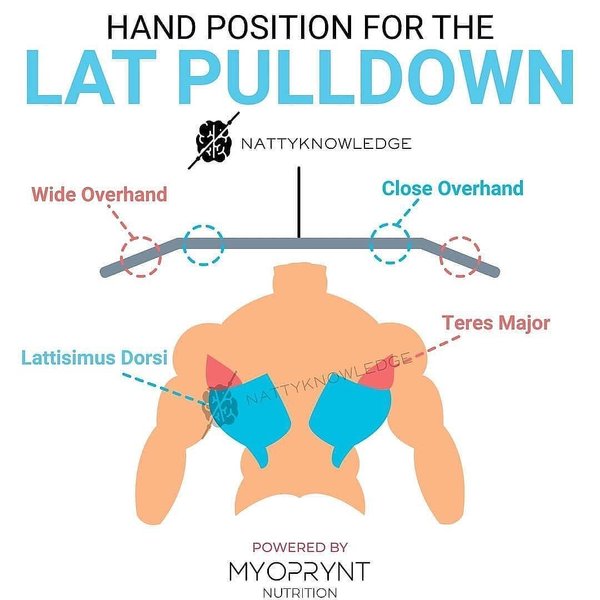Sublime
An inspiration engine for ideas
Pre-Run Activation 🔋
•
Please SHARE // SAVE // FOLLOW ✅
for more workouts
•
Loosen up and Activate the proper muscles for your next run‼️
1️⃣ Air Squats - 3x10
2️⃣ Heel Taps - 3x10 each leg
3️⃣ Lateral Leg Swings - 3x10 each... See more
cchungy_instagram.com🎾 What you do in the gym 🏋️ matters for your tennis performance!
So here’s a great 40/45 min workout to do for your full body before you hit the courts!
#tennis #tennislife #tennisworld #tennisvideo #tennistraining #athlete #tennisplayer #tennistv #tennisfun #tennislove #tennistime #sport... See more
fifthsettennisinstagram.comMartial Arts
Michael Iversen • 1 card
Here’s the workout I’m doing in the video
3 snatch-press-windmills each side
Rest 40 seconds
Perform 10 rounds
Don’t waste your money on cheap bells, do yourself a favor and grab some quality at @greatlakesgiryapro - link in my bio for discount or use code... See more
greatlakesgiryaproinstagram.comWant to grow your #arms ??? Save & Try this workout 💪🏿. Arms were on 🔥😫
Workout:
Ez bar curls 3 X 8-10
Seated Hammer Curls 4 X 8-10
DB spider curls 3 X 10
Single Arm curls 3 X 8-10 (Bench supported)
Crossbody curls 3 X 8-10... See more
starboy_camairinstagram.com
💪𝙃𝙖𝙣𝙙 𝙋𝙤𝙨𝙞𝙩𝙞𝙤𝙣 𝙁𝙤𝙧 𝙏𝙝𝙚 𝙇𝙖𝙩 𝙋𝙪𝙡𝙡𝙙𝙤𝙬𝙣 💪 𝙏𝙖𝙜 𝙖 𝙛𝙧𝙞𝙚𝙣𝙙🙋♂️
- 📚 Follow @TheTrainingManual for daily fitness/nutrition tips and education🥳
-
The saying: Wider grip, Wider Lats has led to many people only utilizing the wide grip. However, studies have shown that a closer grip can actually result in a slightly... See more
instagram.comXをやっていてよかったのはこの動画に出会えたこと。ダルビッシュ有選手の「肩こり、首の怠さに効くエクササイズ」が有益すぎる。https://t.co/Ypcw5aPAXd
楽天の田草川|楽天モバイルをNo1キャリアへx.com